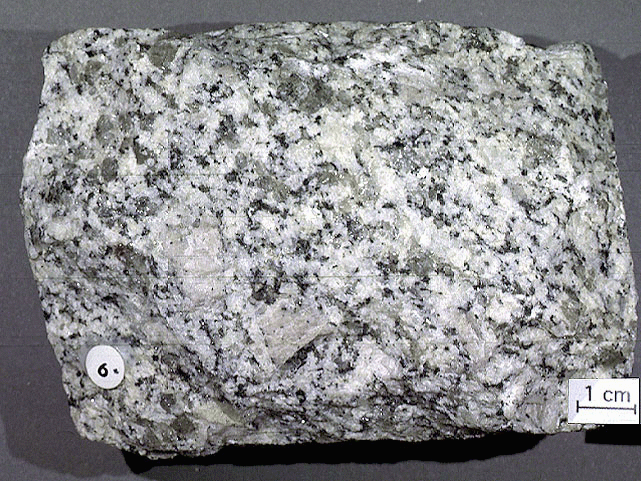In the classification of the origin of rocks, it is recognized as igneous rocks to those that are formed from the cooling and solidification of molten rocky matter, that is, magma: the birth of the term is related to ‘ignis’ which is in the Latin language fire. For instance: granite, diorite, syenite, gabbro.
As is known, the magma It is found both in the depths of the inner layers of the earth and in the superficial part, with a fundamental participation in active volcanoes and their eruptions. This classification is what motivates the division between intrusive and extrusive igneous rocks, which will show their own conditions in terms of training.
The process of transforming magma into stone is a process of loss of temperature, but it also contains the formation of many crystals that make up the stone. Indeed, the lava decomposes and the crystals are what give the different characteristics that each stone will have.
The difference between intrusive rocks (also called plutonics) and the extrusive (or volcanic) is fundamentally revealed here, since the former undergo a much slower cooling process than the latter, due to the extremely high temperatures to which they are never ceased to be exposed. The fine-grained minerals, in general, they are the product of the decomposition of magma in a rapid and extrusive way.
The feldspar minerals They are the ones that make up most of all igneous rocks, leaving quartz in second place. Another of the classifications within this category of rocks arises from the silicon content that each of them has, ranging from the basic ones with low silicon content (less than 45%) to the acidic ones (with more than 63% silicon).
The following list includes examples of igneous rocks, with a photograph and a brief description of each.
List of examples of igneous rocks
- Granite. Whitish rock of intrusive origin, composed of a quantity greater than 50% of feldspars, which can give it a red or flesh color tone. It is used in road construction.
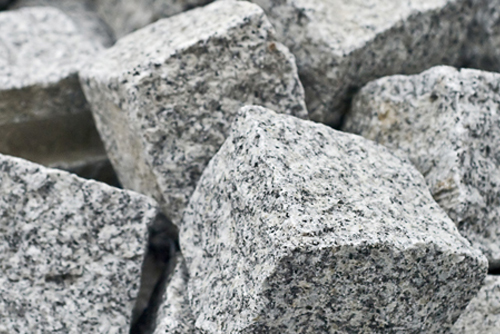
- Granodiorite. It is plutonic, and has less feldspars content than granite. In engineering it is considered a granite.
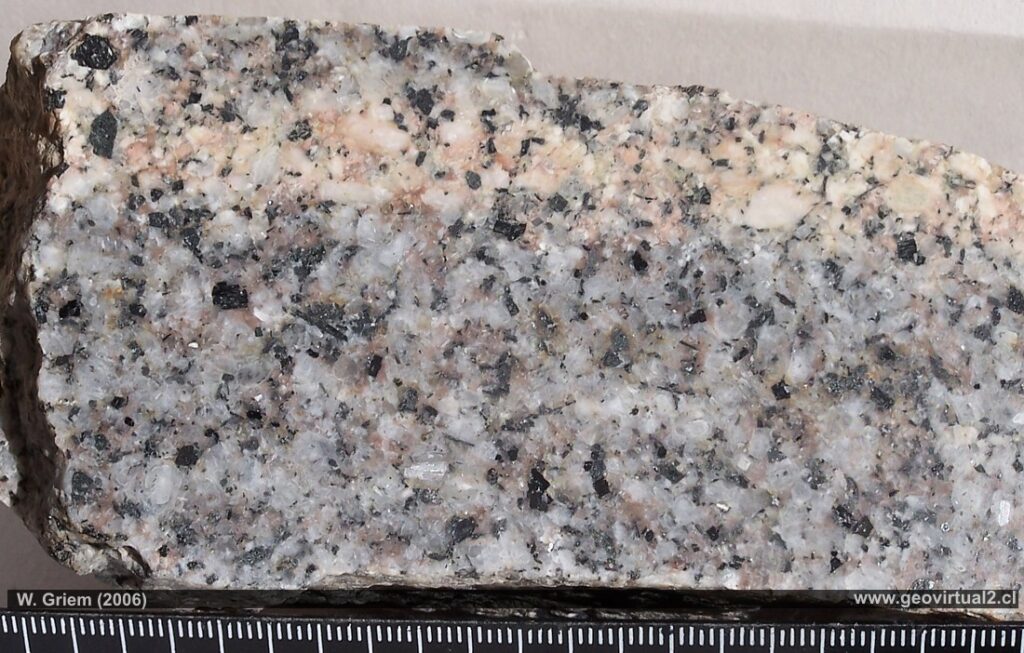
- Greenstone. Also intrusive, similar in structure to granite but with much less quartz content. It is also used in construction, as diorite grinds have good adhesion to asphalt.
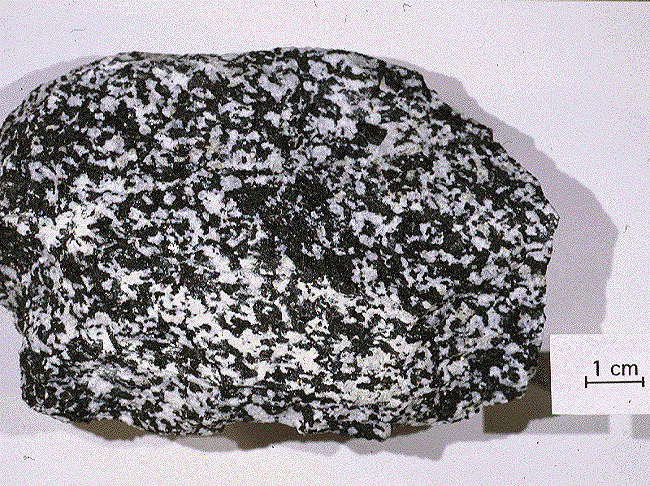
- Syenite. Similar to diorite in structure and similar to granite in texture, it has a gray color with black or green dots.
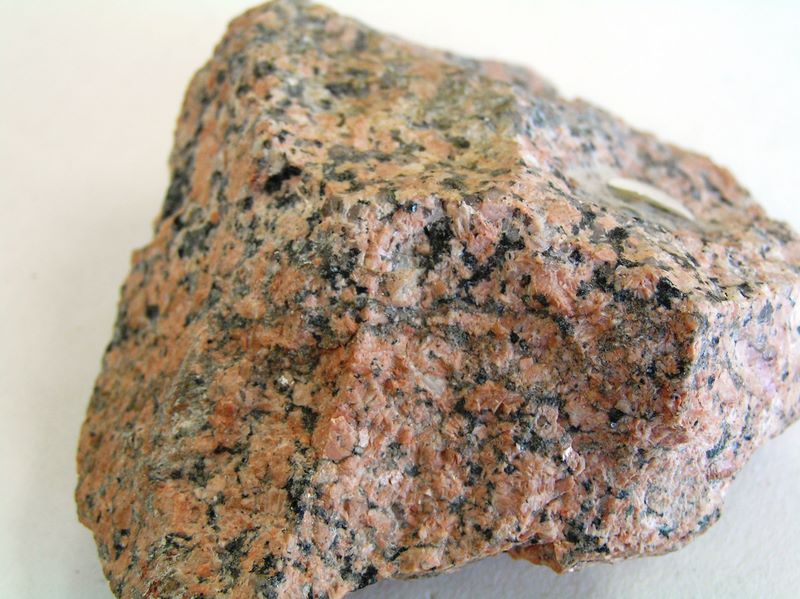
- Gabbro. Darker in color, it is also intrusive and has virtually no quartz. It is made up of many minerals, such as hornblende and apatite.
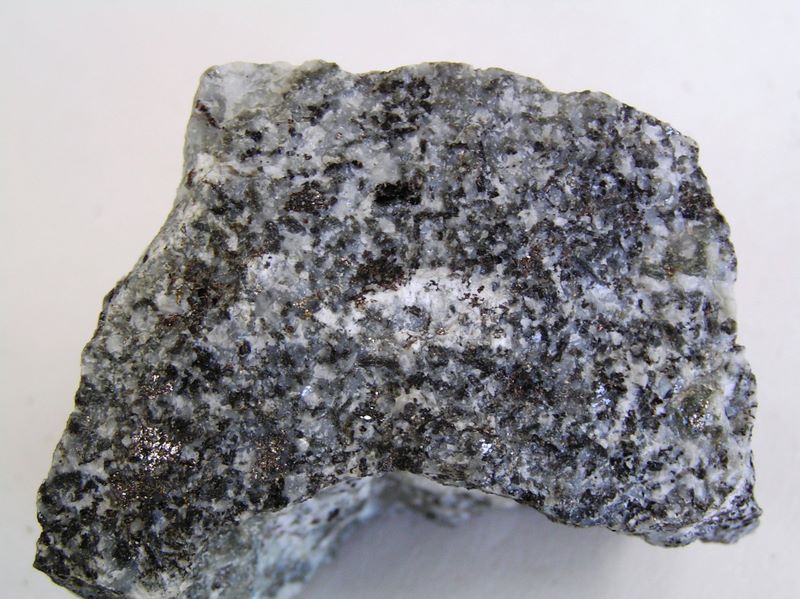
- Peridotite. Intrusive rock, formed practically entirely pro olivine. Very dark, presenting feldspars.
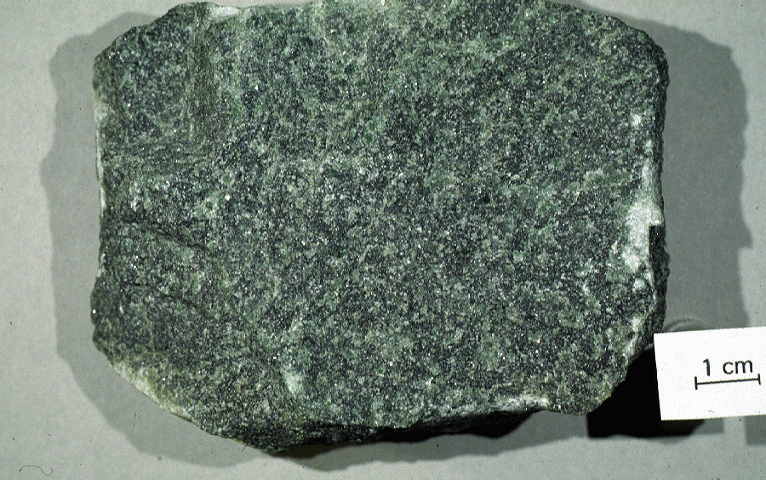
- Rhyolite. Extrusive, formed by magma rich in silica that makes it viscous. The crystals contain feldspars, quartz, and also mica. Grayish to red color.
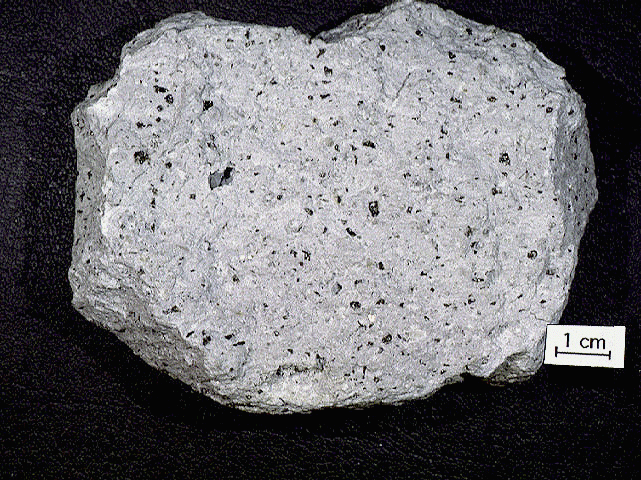
- Dacite. It is also volcanic. High content of silica and iron, with an intermediate composition between andesite and rhyolite.
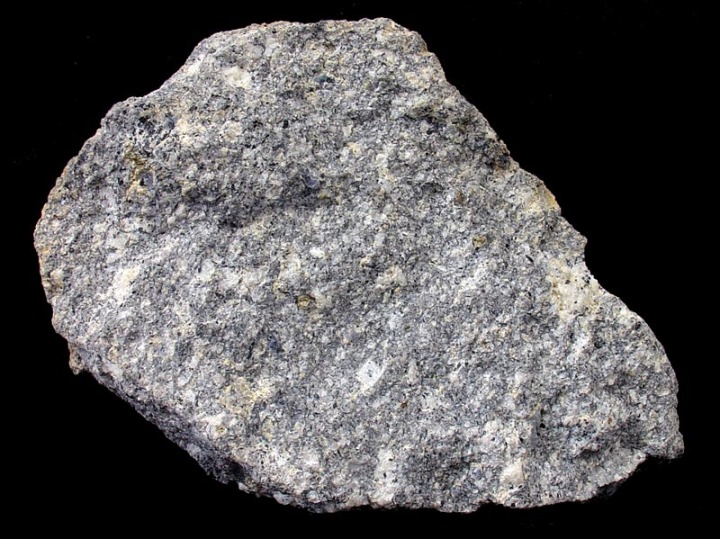
- Andesite. Extrusive rock, composed of biotite, quartz, magnetite and sphene. It has a microlithic texture and is largely made up of minerals such as hornblende.
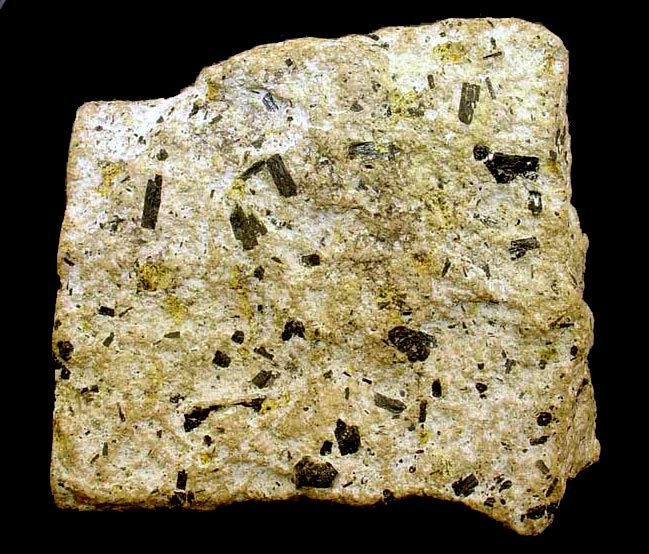
- Basalt. High content of iron, composed mainly of olivine, and in lesser amounts feldspar and quartz. It is the most abundant extrusive rock in the earth’s crust.
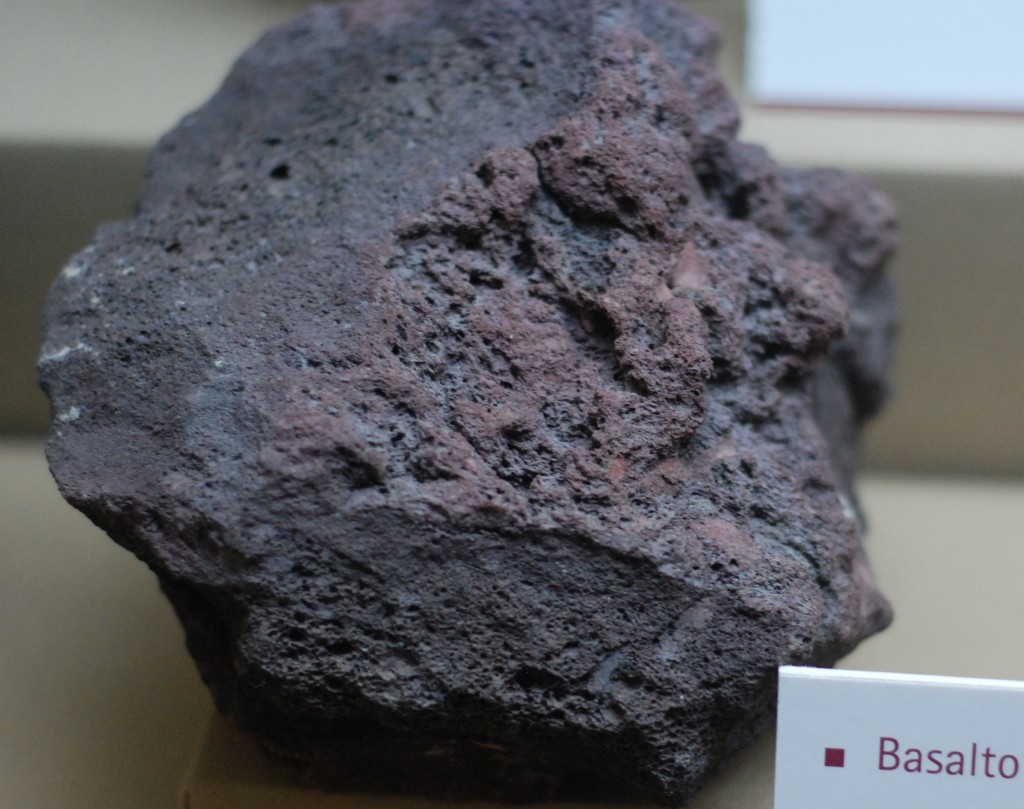
- Obsidian. Extrusive rock. Silicon dioxide product that is generated when magma makes contact with water. Color between black and green.
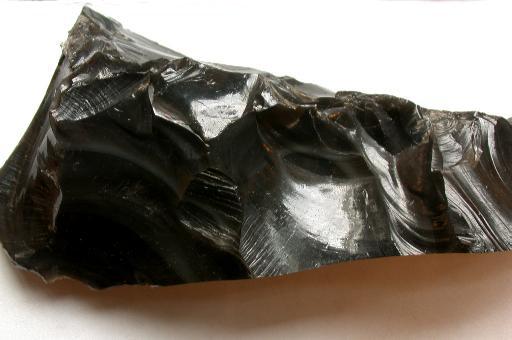
- Komatita. Also extrusive, uncommon as it is formed with extremely hot magma. Komatite appears similar to water, and the earth does not have suitable conditions for this rock to form.
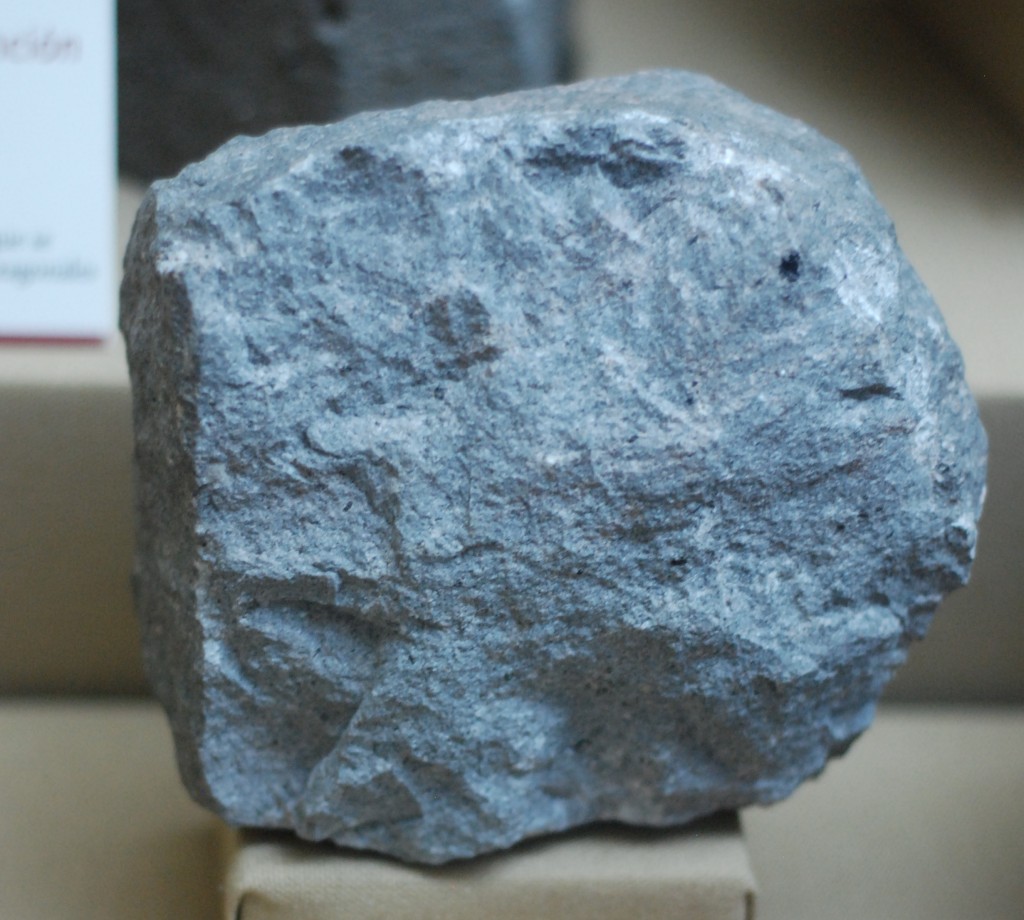
- Pumice Light to dark gray in color, with a rough texture that makes it suitable for cosmetics.
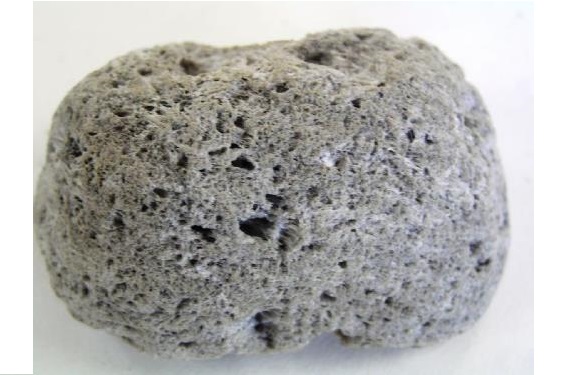
- Human waste. Extruded rock, dark red to black. Formed by lava rich in gases, but it does not have many uses.
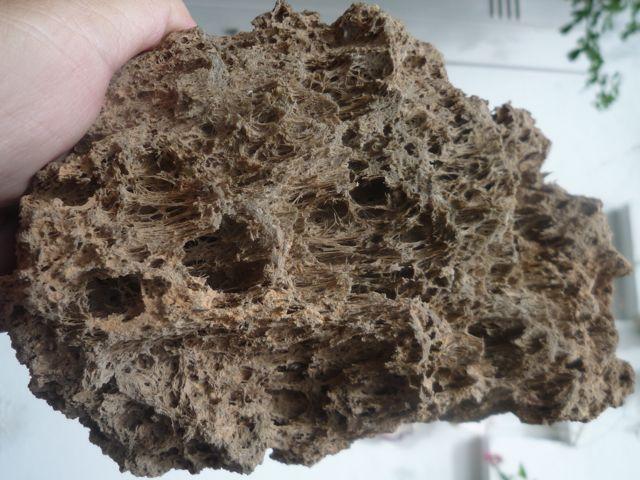
- Porphyries. Similar to granite, so it is used in similar uses. The mass of micro crystals is formed mainly by ferromagnesian minerals.
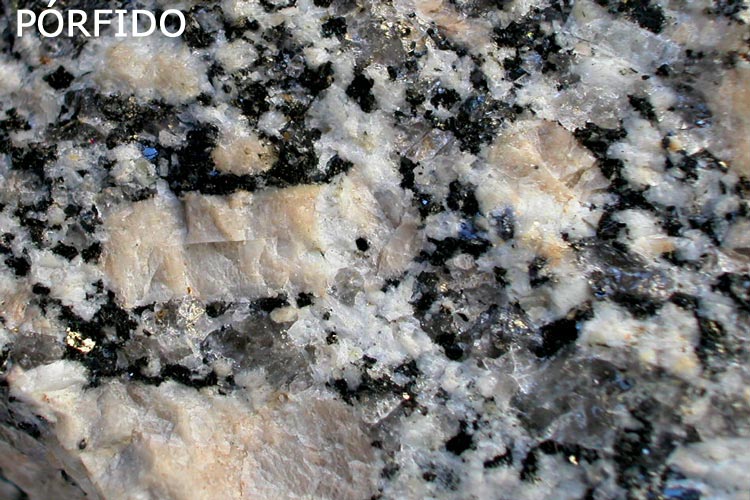
- Trachyte. It is extrusive, and it is formed from intermediate magmas, mainly by feldspars and ferromagnesian minerals.
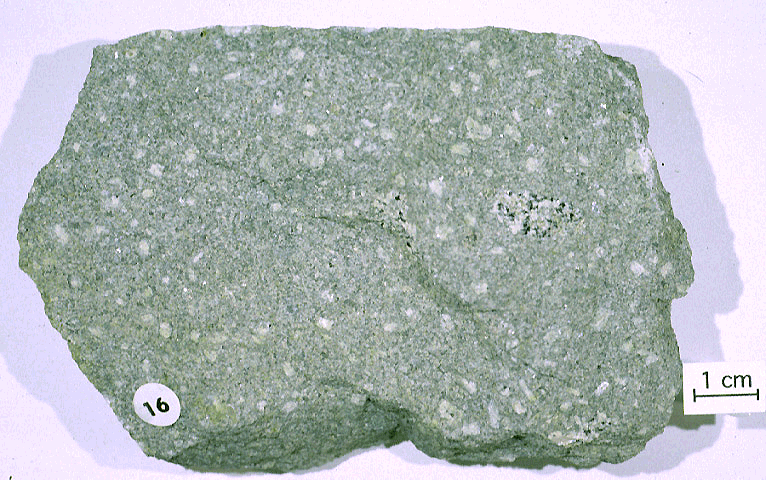
- Pegmatite. Especially coarse-grained igneous rock, formed by interconnected crystals more than one centimeter in diameter.
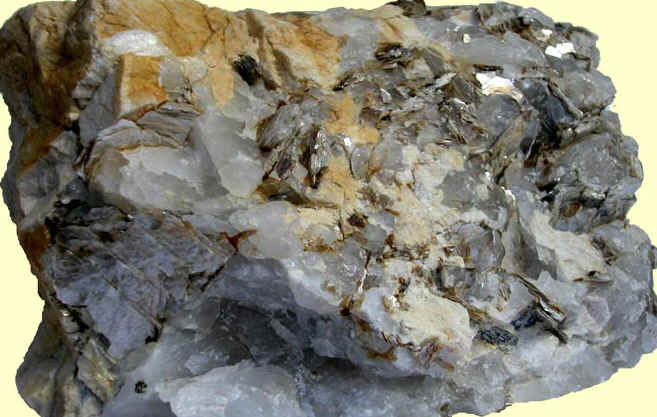
- Gap. Formed by the consolidation of rock fragments, emitted during volcanic eruptions. It has a texture called pyroclastic.
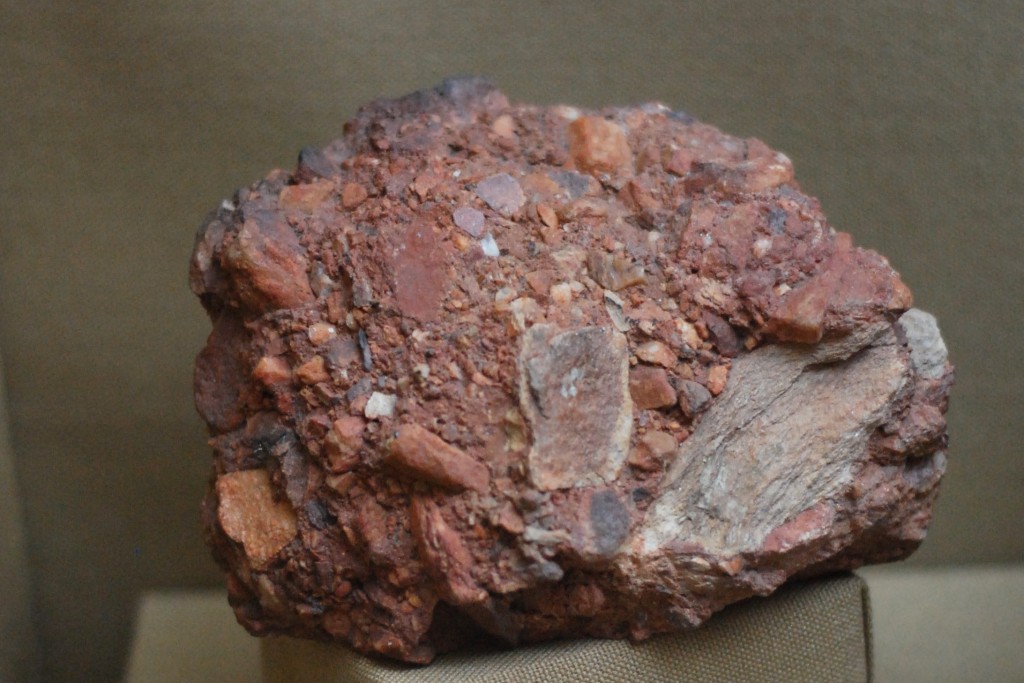
- Anortosite. Plutonic rock of a basic character, also present on the lunar surface.
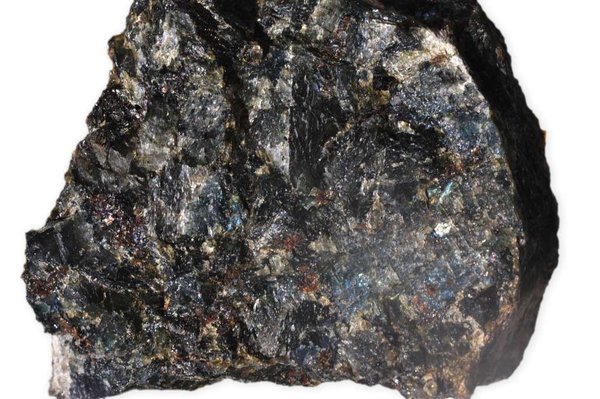
- Monzonite. Intrusive rock, of light color that is usually found in the vicinity of others of the same type.
